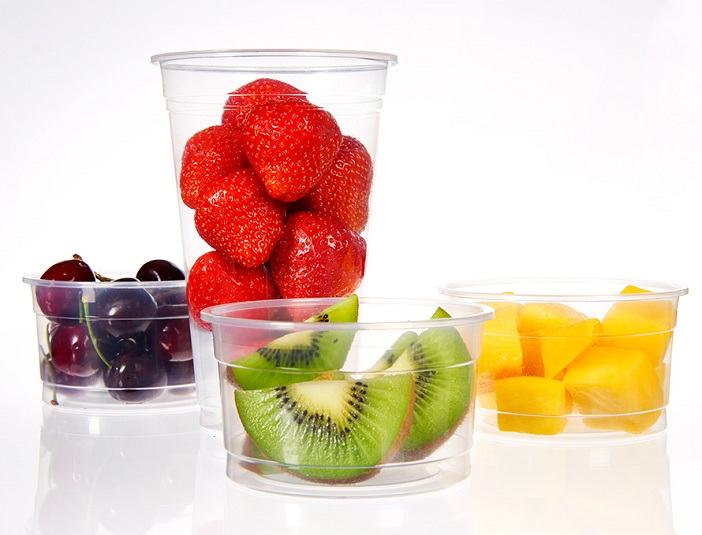A focus on food safety: how the novel coronavirus has put the spotlight back on broader food contact issues
April 02, 2021 by Bhavesh GandhiEvery year the World Health Organization marks World Food Safety Day – a day that in 2020 fell just months into the COVID-19 pandemic. In the midst of the coronavirus crisis, for many the issue of food contact safety has become increasingly important. Experiments have shown that the novel coronavirus can survive on a variety of surfaces used in packaging, which makes good hand hygiene, including washing and sterilizing, so important.
Whilst this is an obvious current health focus food safety is complex and there are other prominent food contact safety issues that continue to be important, requiring ongoing high-level leadership, investment and commitments.
Plastics have immense benefits for food packaging due to their flexibility, strength, lightness, stability and ease of sterilisation. In Europe these qualities mean that more than half of all goods are packaged in plastic. Its versatility means that plastic can be used to contain, and help preserve, everything from fresh meat, fruit and vegetables to beverages, edible oils and sauces, as well yoghurt, margarine and ice cream.
Plastic has been described as everything from the miracle material to the workhorse of our modern economy, and has safely and hygienically helped to preserve and conserve food, yet it is possible for chemicals to migrate from plastic packaging into food. That’s why authorities in most parts of the world thoroughly evaluate the safety of these materials before approval.
The European Union, through ‘specific migration limits’ in the European Framework Regulation (EC) No. 1935/2004, and the United States under the Food and Drug Administration (FDA), have set out the maximum levels of specific chemicals allowed in food contact materials. These safety limits have been developed to protect consumers to ensure that materials are absolutely safe for use in food packaging, determined from toxicological studies on packaging and other things like kitchen utensils and food processing devices.
The European Health and Environment Alliance has called for a greater level of funding to be directed towards innovation in food contact materials, including chemicals with even further safety assurances, processes and product designs. Milliken is proud to be at the forefront of R&D efforts to contribute to this industry wide challenge to develop next-generation packaging, with a focus on producing plastics additives for performance and sustainability, keeping in view ever changing regulatory requirements.

For applications including food packaging, drink cups and lids and thermoformed trays, Hyperform HPN 909ei is a high-performance additive for polypropylene (PP) designed for use by thermoformers in polypropylene homopolymers. Approved by the FDA, Hyperform HPN 909ei has one Specific Migration Limit less than the previous generation product. This means there is one less substance that must be monitored and tested for, reducing the compliance burden of customers. With this simplification, the reassurance of safety is even stronger.
In addition to going further in its safety reassurance for food contact materials, it provides high stiffness while maintaining good impact strength, isotropic shrinkage, and a higher heat deflection temperature (HDT).
The issues of safety and sustainability are often interlinked and this is no different with Hyperform HPN 909ei. It has excellent aesthetics, reducing the haze and the yellowness index, with final parts that are cleaner, clearer and more transparent. This supports sustainability efforts by allowing highly recyclable polypropylene to replace other materials in some applications.
With its growing range of Hyperform HPN high performance additives, Milliken continues to help converters to improve their processing and enhance the performance of their final PP parts, whilst improving the contact safety performance of packaging designed for food and drink products.
